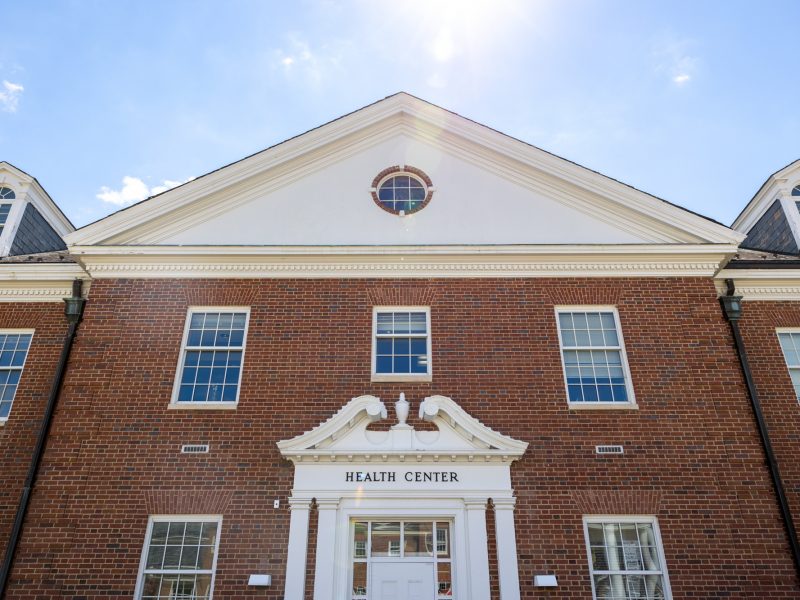Views expressed in opinion columns are the author’s own.
Two billion dollars is an incomprehensibly large amount of money. It’s two thousand dollars a thousand times over and a thousand over again. It’s more than the net worth of the Washington Nationals and more than nine times the value of the largest donation the University of Maryland has ever received. It’s more than 22 times the estimated cost of a SpaceX Falcon Heavy launch.
It’s also what Maryland Transportation Secretary Pete Rahn has promised Amazon in transportation upgrades if the company locates its second headquarters in Montgomery County. Rahn, speaking to state senators, pledged to provide “whatever is necessary to Amazon when they need it.” He went on to call the plan a “blank check.”
Rahn gives the impression that he has the money already set aside. But even he admitted that’s not the case, telling senators, “I don’t know how we’d do it.” While he may be honest, his comments don’t inspire much confidence in his leadership. He added that funding the upgrades would be a problem he’d “love to have.” Essentially, Rahn wants to spend billions of dollars and seemingly has no plan to pay for it.
As much as I love the idea of the state government setting aside huge sums of money to pander to massive corporations, I have to wonder if this is really the best use of two billion dollars. The money the state may invest in Amazon could easily be put toward more concrete goals. Two billion dollars could go a long way with public transportation, alleviating poverty or any number of other causes. Many of these pursuits would have a far more immediate positive impact on the state than securing HQ2. The incentives must bring a substantial amount of good to the state to justify the trade-off.
However, companies have received massive incentives while contributing little to their communities. Before President Trump and Vice President Mike Pence took office, they made a deal with an Indianapolis Carrier plant, attempting to keep jobs in Indiana. The company was offered $7 million in tax incentives if the plant kept employing about half its workers. The deal secured less than a thousand jobs, and the community still faces increased unemployment due to laid-off workers. Carrier got far more out of the deal than the surrounding community. Amazon could similarly exploit its incentives.
And even if Amazon could bring billions of dollars of good to the state, there’s little evidence that incentives would actually attract it. According to a CityLab analysis, companies typically choose their locations based on factors such as “workforce, proximity to markets, and access to qualified suppliers.” They then encourage competing sites to offer up increasingly extravagant incentives. The fierce competition certainly benefits the companies, but the resulting offers typically do not determine the outcome.
In other words, Rahn’s “blank check” comment plays directly into Amazon’s bidding war. If Amazon plans to locate its second headquarters in this state, the incentives are gratuitous. If not, throwing money at the problem won’t make a difference.
Rahn’s promise of a “blank check” is a potential burden on taxpayers, a waste of valuable resources and probably entirely useless. Instead of spending billions of dollars on corporate pandering, Maryland’s leaders should invest in programs that will actually have a positive impact on the state. Or, at the very least, they could use the same amount of money to launch 22 Falcon Heavy rockets. If they’re going to waste billions of dollars, there might as well be fireworks.
Nate Rogers is a freshman physics major. He can be reached at nrogers2@terpmail.umd.edu.



